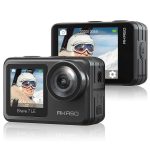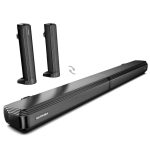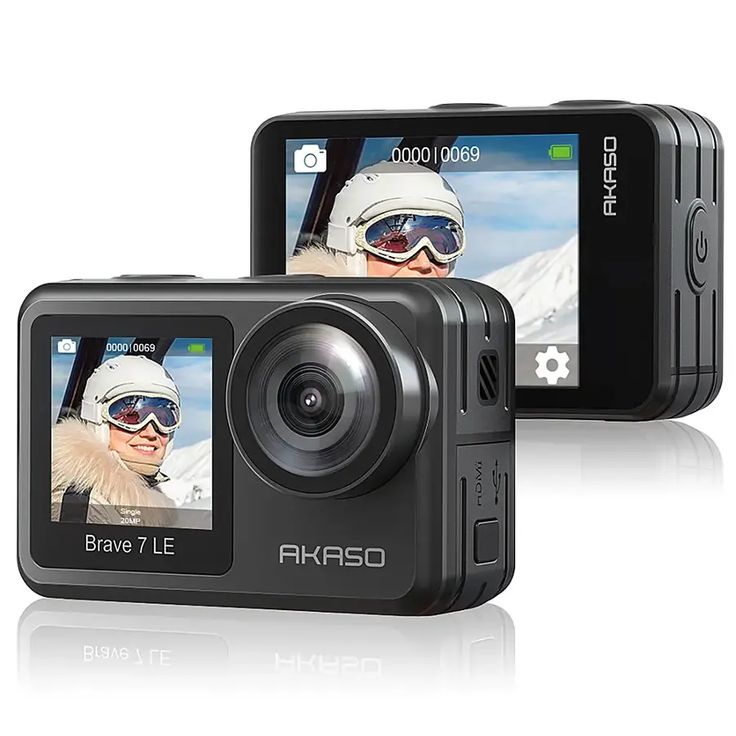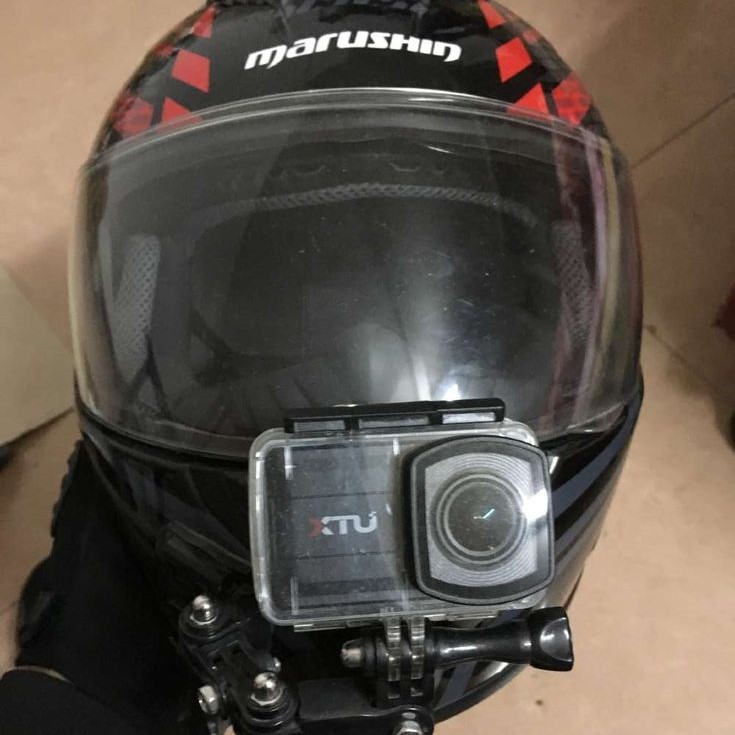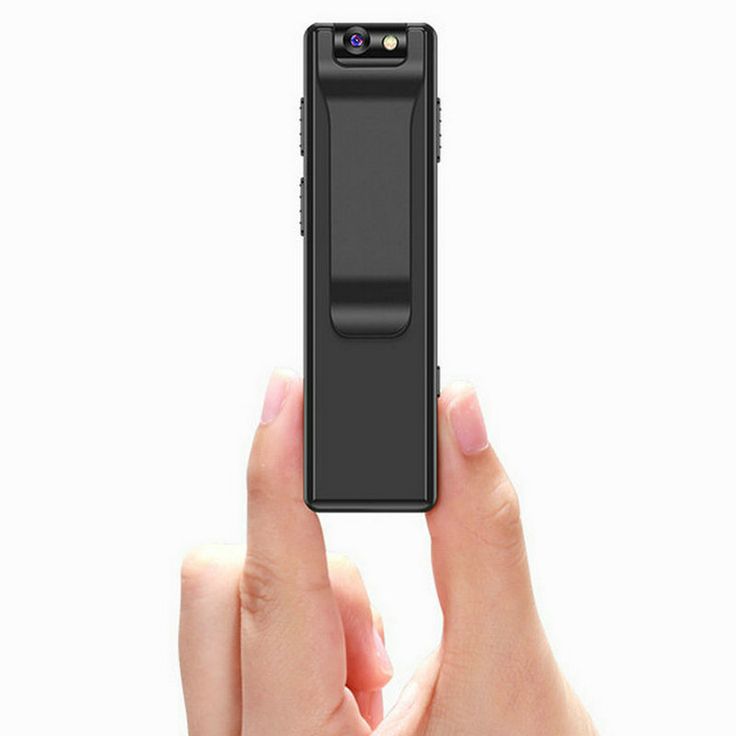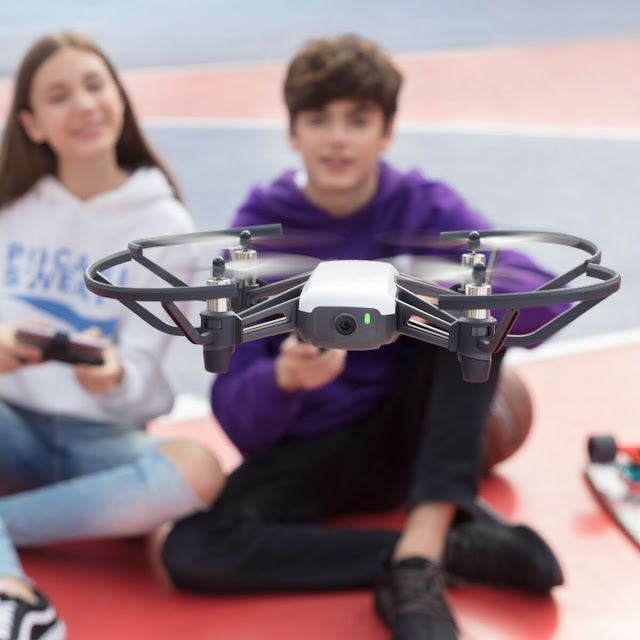Introduction
The underwater drone camera has revolutionized marine exploration and photography, allowing enthusiasts and professionals alike to venture into depths previously considered inaccessible. Equipped with advanced technology, these drones provide high-quality imagery and video while showcasing underwater ecosystems. As marine environments become increasingly vital to our understanding of biodiversity and climate change, underwater drones offer invaluable insights. In this article, we explore the key features, benefits, and applications of underwater drone camera, highlighting their role in enhancing our connection to the underwater world.

The Evolution of Underwater Drones
The journey of underwater drones began as simple tools. Today, they are complex machines. They offer a new look at underwater worlds. In the past, exploring deep waters was not easy. It was often dangerous for divers as well. The former underwater devices were not very smart. They could not capture clear images.
But technology advanced quickly. Underwater drones can now go deeper than before. They have better control systems. Navigation is more accurate due to sonar and GPS. These drones are not just cameras. They are instruments for exploration and research.
Years back, the military first used such devices. Now, they serve many users. Scientists and filmmakers use them often. Even hobbyists can buy underwater drone cameras.
Some drones were big and needed large boats. Modern ones are smaller. They are often easier to use. Some can be controlled with a smartphone. This progress shows how far underwater drone cameras have come.
As underwater drones evolved, their cameras did too. These cameras now have high resolution. They can capture stunning underwater footage. Their lighting systems work even in dark depths.
In summary, the evolution of underwater drones has changed our sea exploration. These tools will continue to advance. They will get smarter, smaller and easier to use. The underwater drone camera plays a key role in this journey.
Key Features
Underwater drone cameras are not just any ordinary cameras; they have specific features that make them fit for the aquatic environment. Here are the key features you should look out for in an underwater drone camera:
- High-Resolution Imaging: Clarity is crucial underwater. Top cameras offer high resolution to capture the finest details.
- Superior Lighting Capabilities: Since light diminishes underwater, these cameras come with strong lighting. This feature allows for clear imagery even in darker depths.
- Advanced Maneuverability: With streamlined designs and propellers, these drones can navigate tricky underwater landscapes.
- Enhanced Durability: The cameras are built to withstand water pressure and harsh sea conditions.
- Extended Battery Life: Underwater exploration can take time. Hence, long battery life is essential for prolonged missions.
- Wireless Connectivity: Modern underwater drones provide wireless options, enabling live streaming of footage.
- Depth Capability: The ability to dive to significant depths is a must for deep sea exploration.
- Obstacle Avoidance Systems: Many come with sensors that detect and avoid obstacles, ensuring the safety of the device.
- User-Friendly Interface: Manufacturers aim for ease of use, often allowing control through smartphones or simple remote devices.
When choosing an underwater drone camera, it is essential to consider these features. They define the drone’s effectiveness for various underwater tasks. Whether it’s for research purposes or capturing breathtaking aquatic life, these features influence the performance and usability of underwater drone cameras. With technology advancing, these features will only become more sophisticated, making underwater drones even more powerful tools for exploration and discovery.

Top Underwater Drone Cameras on the Market
The market for underwater drone cameras is growing fast. It’s crucial to know about the top players. Here are some leading models:
High-End Model
The high-end model of underwater drone cameras is equipped with cutting-edge technology, designed to meet the demands of professionals and researchers. This model typically incorporates advanced imaging capabilities, resulting in crystal clear images that capture intricate details of underwater environments. Users can expect exceptional video quality, often including 4K resolution, which enhances everything from underwater photography to marine surveillance.
In addition to superior imaging, the high-end model boasts smooth navigation features that make piloting the drone intuitive and efficient. Advanced propulsion systems and high-quality thrusters allow for swift movement and precise control, even in challenging underwater conditions. This level of performance is crucial for professionals who require accurate data collection and monitoring, such as marine biologists conducting research or filmmakers capturing stunning footage.
Furthermore, many high-end models come equipped with robust features like enhanced depth ratings, advanced stabilization technology, and real-time data transmission capabilities. These features allow professionals to delve deeper into marine environments with confidence, knowing they have a reliable and powerful tool at their disposal.
Mid-Range Model
The mid-range model strikes an ideal balance between cost and functionality, making it a great option for serious hobbyists. This model often incorporates a range of features that compete with high-end options while remaining more affordable. Users can expect good image and video quality, typically offering full HD capabilities that allow for enjoyable underwater experiences.
While the mid-range model may not have all the advanced features found in its high-end counterparts, it offers a well-rounded set of functionalities that appeal to serious enthusiasts. For example, it usually includes decent battery life, allowing for extended exploration sessions without frequent recharging. Many mid-range models also carry waterproof certifications that provide peace of mind while operating in varied underwater conditions.
In addition to functionality, the mid-range model often boasts user-friendly controls and navigational ease, making it accessible for users who may not possess extensive technical knowledge. This model caters well to those looking to explore underwater environments without breaking the bank, making it a practical choice for avid yet budget-conscious hobbyists.
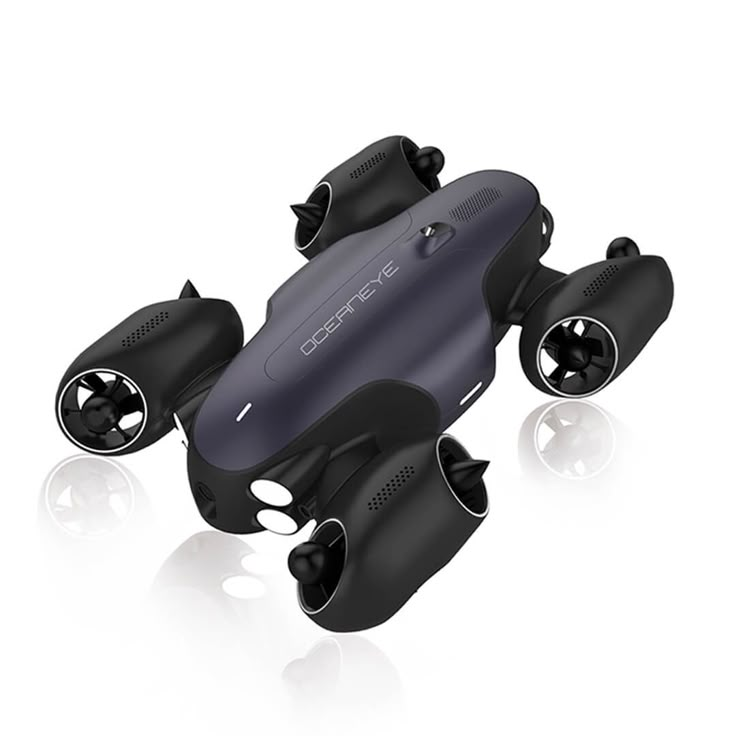
Budget-Friendly Model
For those seeking a more affordable option, the budget-friendly model of underwater drone cameras provides a solid introduction to the world of underwater exploration. While priced lower than more advanced models, this option still delivers good quality performance that can satisfy the needs of beginners or casual users.
The budget-friendly model typically features basic imaging capabilities that can capture standard HD video and images, making it sufficient for users who want to explore and document their underwater experiences without requiring professional-grade performance. Although it may lack some advanced features, it still provides essential functionality, allowing users to enjoy the excitement of underwater exploration.
Furthermore, this model is often designed with simplicity in mind, featuring straightforward controls and user-friendly interfaces. This design is perfect for beginners who may not be familiar with more complex drone operations. The affordability of this model also appeals to individuals on a tight budget, allowing them to engage in underwater exploration without a hefty financial investment.
Each model caters to different needs. The high-end version goes deeper and lasts longer. Mid-range models provide a middle ground. And the entry-level camera makes underwater exploration accessible to more people.
When selecting an underwater drone camera, compare their features. Consider battery life, resolution, and depth capability. These factors impact your underwater experience.
Look for models with strong reviews and proven performance. Reliable manufacturers have a track record. They offer customer support and warranties for their devices.
As tech improves, underwater drones will get even better. For now, these models stand out on the market. They offer users a powerful tool for exploring underwater worlds.
Applications of Underwater Drones in Marine Research
Underwater drone cameras have become vital in marine research. As advanced tools, they assist scientists in studying aquatic environments. Their purpose goes beyond capturing images. They collect data that is critical to understanding marine life.
Gathering Data on Marine Biodiversity
Marine researchers use underwater drones to observe natural underwater habitats. This allows them to track species diversity. Underwater cameras capture behaviors and interactions in ecosystems. They contribute valuable information to biodiversity studies.

Monitoring Oceanographic Parameters
Scientists deploy these drones to measure temperature, salinity, and depth. Such data helps in studying ocean currents and climate change. Underwater drones can also sample water. They test for pollutants and other substances.
Studying Coral Reefs
Underwater drone cameras are crucial in coral reef monitoring. They document changes over time. This helps in understanding the effects of global warming on reefs. Drones can reach depths where human divers cannot easily go.
Supporting Sustainable Fisheries
Researchers use underwater drones to assess fish populations. They ensure fishing activities do not harm marine ecosystems. Data from drones guide the creation of sustainable fishing practices.
Conducting Archeological Surveys
These drones explore shipwrecks and submerged ruins. They are tools for underwater archaeology. Drones map and create 3D models of these sites. They provide insights without disturbing the site.
In conclusion, underwater drones play a key role in marine research. They offer a safer, efficient, and detailed way to gather data. Marine research relies on these powerful tools to protect and understand our oceans better. As technology advances, their applications in this field will undoubtedly expand.
The Role of Underwater Cameras in Underwater Filming and Photography
Underwater filming and photography have transformed with underwater drone cameras. These cameras bring new perspectives to underwater visuals. Their role is crucial in fields like documentary filmmaking and nature photography.
Capturing Unseen Marine Worlds
Underwater drone cameras enable us to witness hidden marine life. They dive into depths unreachable by humans. Here, they capture unique creatures and unseen landscapes. The footage adds depth to nature documentaries.
Enhancing Cinematic Quality
These cameras boast high-resolution capabilities. This ensures crisp, clear images on screen. Filmmakers rely on these tools for top-quality production. Audiences can enjoy mesmerizing, detailed underwater scenes.
Encouraging Creative Exploration
Photographers and videographers now explore more creatively. Underwater drones offer new angles and perspectives. They spark imagination in visual storytelling. This leads to extraordinary images and films.
Overcoming Environmental Challenges
Traditionally, underwater shooting faced many hurdles. Harsh conditions made it tough. But these cameras manage well in such environments. They withstand water pressure and low light. This overcomes common underwater filming obstacles.
Expanding Accessibility
With underwater drone cameras, more creators can dive in. They no longer need extensive dive training or bulky gear. Drones are often easy to use and control. This opens underwater filming to a wider community.
Underwater drone cameras carry a big impact. They push the limits of what we can capture and create. As they evolve, their significance in underwater filming and photography will only grow.
Challenges and Solutions in Underwater Drone Operation
Operating underwater drone cameras can present unique challenges. Below are some common issues and solutions.
- Limited Battery Life: Drones can only operate for a set time underwater. To address this, batteries are made with higher capacities and rechargeable features.
- Signal Transmission Issues: Water hinders wireless signals. Using tethered connections or advanced acoustic communication can help maintain control.
- Complex Navigation: Underwater environments are full of obstacles. Drones often have sonar and obstacle avoidance systems to navigate safely.
- High Pressure and Corrosion: Deep waters exert immense pressure and can cause corrosion. Drones are built with durable materials and pressure-resistant designs to withstand these conditions.
- Poor Visibility: Murky waters affect camera function. Bright LED lights and high-resolution cameras ensure clear images despite low visibility.
- Data Storage and Retrieval: Collecting data underwater is challenging. Drones come equipped with ample storage and easy data transfer capabilities to overcome this.
By tackling these challenges with innovative solutions, underwater drone operation becomes more effective. These solutions increase the drones’ potential for various underwater activities.
Comparing Underwater Drones: Wired vs Wireless
When exploring underwater drone cameras, a key choice is between wired and wireless models. Each has its pros and cons.
Wired Underwater Drones
- Reliable Connection: Wired drones offer a stable link. They are tethered to the controller, ensuring constant communication.
- Data Transfer Security: With a physical connection, there’s less risk of data loss. It’s ideal for research where data integrity is critical.
- No Signal Interruption: Unlike wireless, cables prevent signal loss underwater.
However, the tether can limit mobility. Long cables can be cumbersome. They can also snag on underwater objects.
Wireless Underwater Drones
- Greater Mobility: Wireless drones can roam freely. They are not held back by a cable.
- Ease of Use: Without the need to manage a tether, operation is often simpler and more user-friendly.
Yet, wireless signals can be weak underwater. Battery life and depth range might be more restricted than wired drones.
In summary, wired underwater drones ensure secure data transfer and a stable connection. Wireless drones provide more freedom to move. Users must weigh their needs against these pros and cons. Both wired and wireless underwater drone cameras have their place in exploration and research. As technology advances, we may see improvements in both types that address current drawbacks.
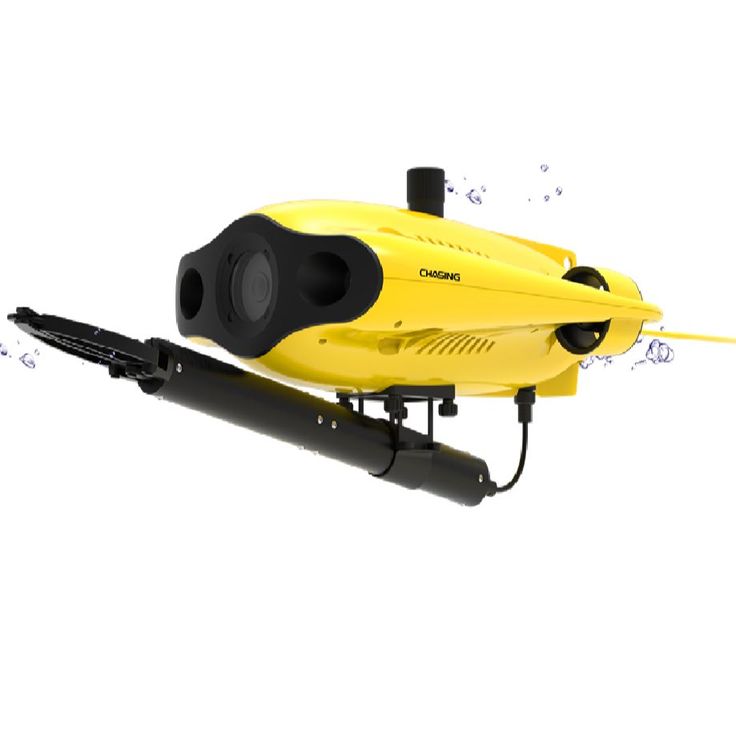
Future Trends in Underwater Drone Technology
The underwater drone camera industry is rapidly advancing. Here’s what we might expect from future tech developments:
- Enhanced Autonomy: Upcoming drones will likely have improved AI algorithms. They’ll make independent decisions during missions.
- Longer Battery Life: Innovations in power storage will allow drones to operate for extended periods.
- Improved Communication: Breakthroughs may lead to better underwater wireless communication.
- Smaller, More Capable Designs: Drones will become more compact while packing in more features.
- Eco-Friendly Power: We might see solar-powered or alternative energy drones.
- Advanced Sensors: New sensors will increase drones’ ability to monitor and analyze underwater environments.
- Increased Depth and Pressure Resistance: Future models may dive deeper, enduring greater underwater pressures.
- Augmented Reality (AR) and VR Integration: This could add a live virtual experience of the underwater realm for operators.
The future for underwater drone technology looks bright. Innovations will make them smarter, more efficient, and crucial for underwater exploration and study. As these trends unfold, the potential for marine research, filming, and photography will reach new heights.

